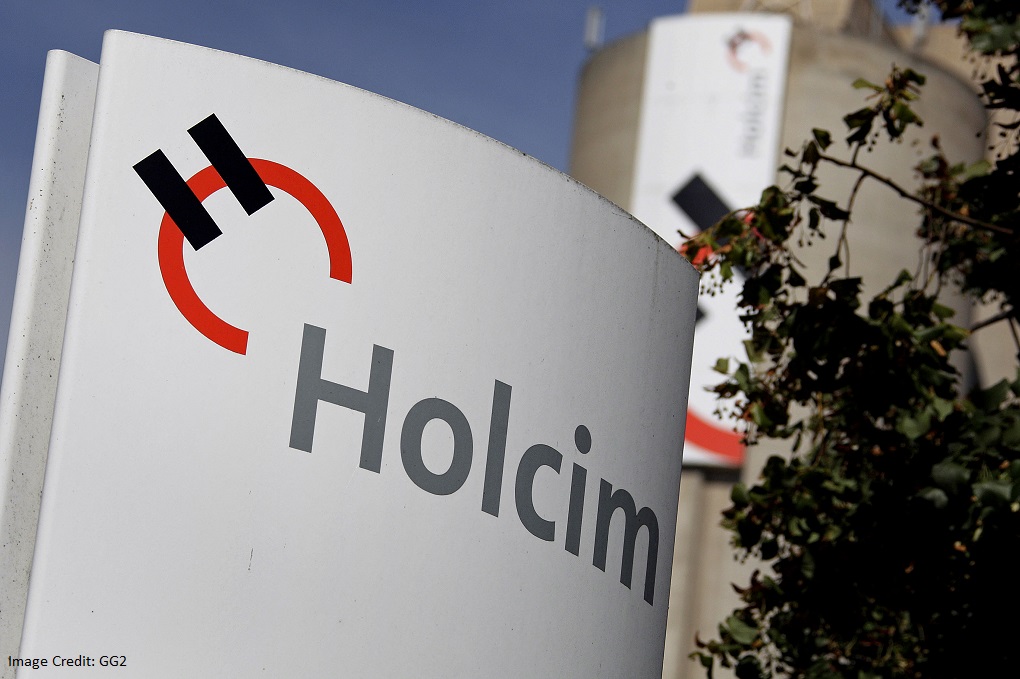The cement industry is literally the building block of a nation. A country’s cement output is considered one of the primary indicators of its level of economic development. In a recent development, Holcim, one of the world’s leading cement makers is restructuring its Indian subsidiaries, an exercise that will see Ambuja Cements becoming its flagship company. ACC, another large Indian cement producer controlled by Holcim, will be majority-owned by Ambuja at the conclusion of a complex reorganisation. While Ambuja will become the flagship entity for Holcim’s India operations with ACC as a subsidiary, both will continue to operate as listed entities with their existing brands and separate go-to-market strategies.
In a complex rearrangement, Holcim Group has consolidate its holding in ACC through Ambuja Cements by a two step process
Background:
Holcim Ltd was founded as “Aargauische Portlandcementfabrik Holderbank-Wildegg” in Switzerland in 1912. What started in 1912 in the Swiss village of Holderbank, is today a global company employing some 80,000 people, with production sites in around 70 countries. Holcim’s core businesses include the manufacture and distribution of cement, and the production, processing, and distribution of aggregates (crushed stone, gravel and sand), ready-mix concrete and asphalt. The company also offers consulting, research, trading, engineering, and other services.
Ambuja Cements Ltd. (ACL) is one of the leading cement manufacturing companies in India. The Company, initially called Gujarat Ambuja Cements Ltd., was founded by Narotam Sekhsaria in 1983 with a partner, Suresh Neotia. The Company commenced cement production in 1986. Holcim acquired management control of ACL in 2006. Holcim today holds a little over 50% equity in ACL.
ACC was formed in 1936 when ten existing cement companies came together under one umbrella in a historic merger – the country’s first notable merger at a time when the term mergers and acquisitions were not even coined. ACC’s operations are spread throughout the country with 17 modern cement factories, more than 40 Ready mix concrete plants, 21 sales offices, and several zonal offices. It has a workforce of about 9,000 persons and a countrywide distribution network of over 9,000 dealers. Holcim today holds little over 50% equity in ACC.
Deal:
In a complex rearrangement, Holcim Group has decided to consolidate its holding in ACC through Ambuja Cements by a two-step process. As a first step, Ambuja Cements will acquire 24 percent stake in Holcim India (HIPL) from Holderind Investments, Mauritius, for Rs 3,500 crore. This will be followed by the merger of Holcim India into Ambuja in an all-stock merger.
At present, Holcim has a controlling stake in both ACC and Ambuja. The Swiss major directly owns 40.79 per cent stake in Ambuja and another 9.76 percent through Holcim India (HIPL). Holcim has 0.29 per cent in ACC directly and 50.01 per cent through HIPL. Post these transactions, Holcim will have 61.39 per cent stake in Ambuja and 0.29 per cent stake in ACC directly. Also, Ambuja will have 50 per cent stake in ACC. ACC now becomes only a step-down subsidiary of Holcim
The complex structure can be better understood through the diagram, which shows the pre and post reorganisation structures.
Consideration:
Firstly, Ambuja will pay Rs. 3500 crores consideration for acquiring stakes in Holcim India.
For the merger of Ambuja and Holcim India, the merger swap has been fixed at one Ambuja share for 7.4 Holcim India shares, translating into an implied swap ratio of 6.6 Ambuja shares for every ACC share. Based on the swap ratio, Ambuja will issue 58.4 crore new equity shares of the company to Holcim as a consideration for the merger. Post merger, the expanded capital base of Ambuja (after the cancellation of the shares held by Holcim India in Ambuja and issuance of new shares) will increase 28 percent to 197.75 crore shares. Holcim will then own 61.39 percent of Ambuja which, in turn, will own 50.01 percent in ACC.
The total deal size will work out to be Rs. 14,500 crore if the stock and cash component are taken into account.
Synergies:
The transaction will allow Ambuja and ACC to capitalise on the prevailing Holcim Group platform. Also, it will promote greater co-operation between the group companies, and unlock significant synergies over time.
- Cost Savings:
- The consolidation will lead to a saving of at least Rs 600 crore per annum by way of synergy.
- There will be a lot of savings in the logistic cost, sharing of the production facility and sharing backend operations.
- Retaining brands:
- The production and marketing departments of Ambuja Cements and ACC would continue to be operated independently.
- Both brands and management will be retained separately as there is a large value in both brands.
Who gains, who loses:
According to Onne Van Der Weijde, Managing Director, Ambuja, the deal is aimed at creating opportunities for value creation and improving the financial structure by reinvesting into the business. It claims a more efficient capital structure will be created as a result, and the deal will be EPS accretive from year one itself.
The reinvesting of cash lowers the dilution for minority shareholders of Ambuja. An India Management Committee structure will also seek to drive increased collaboration and synergies between Ambuja and ACC. Also, the deal, which will aim to combine the Ambuja and ACC best practices into competitive advantages and synergies, will be equally beneficial to both entities. The consolidation will result in a more balanced pan-India footprint with 58 million tons per annum capacity.
However, some market participants believe Holcim is going for such a complex ownership structure because it wants to extract money from its Indian subsidiaries. ACC and Ambuja together have close to Rs 6,500 crore of surplus cash on their books.
The deal will result in Holcim cashing out by selling its stake in its wholly owned financial holding company Holcim India Pvt Ltd (HIPL). Ambuja is expected to buy out Holcim’s stake in its subsidiary for Rs 3500 crore and issues 58.4 crore new shares of itself. Now HIPL holds 50.1% stake of ACC. This means that Ambuja is paying Holcim to buy its stake in ACC.
Minority shareholders say Rs 3,500 crore is paid out of Ambuja Cements to Holcim, which is effectively Holcim taking an indirect dividend without losing control of both Ambuja Cements and ACC. Holcim gets Rs 3,500 crore and 10.85 per cent additional shares in Ambuja Cements while giving away 19.42 per cent beneficial interest of ACC. Minority shareholders of Ambuja are indirectly paying for the shares of Holcim in ACC.
Regulatory hurdles:
Holcim has more control of the company and gets Rs 3,500 crore in cash as well. It is unfair to minority shareholders, as it’s mostly the promoters of Ambuja who would cash out rather than the minority shareholders. The deal (share purchase in Holcim India), being a related-party transaction, would have required the approval of a majority of minority shareholders if the Companies Bill had come into effect. One has seen an increase in the number of such transactions in recent times. However, a merger of Holcim India with Ambuja will require the approval of court and shareholders. Non-promoter shareholders would play an important role and could effectively block it. Also, the minority shareholders and institutional investors will have their chance to fight back when the deal comes for their approval. Institutional investors prevented Satyam Computers from merging with Maytas. Will they do something similar with Holcim needs to be seen.
Way Forward:
After paying for the transaction, Ambuja Cements would still have Rs. 300-400 crore on its balance sheet. This intra-group move will bring substantial synergy in the logistics and supply chain operations of the company, accruing benefits of up to Rs.. 900 crore over two years post-completion of the transaction. Over the next two years, Ambuja will invest Rs 3,000 crore to enhance its holding in ACC by 10 percentage points without triggering a mandatory open offer.
Conclusion:
Definitely, the structure used is complex. One needs to capture the principal intention behind the deal, though there are some synergies. It is the payout for Holcim’ of Rs 3500 crores by giving exit to Holderind Investments, Mauritius, and it involved foreign exchange outgo. So to that extent, less cash is available for expansion or dividend declaration to Ambuja. No doubt the market has taken a negative view by selling shares of both companies post-deal announcement.




